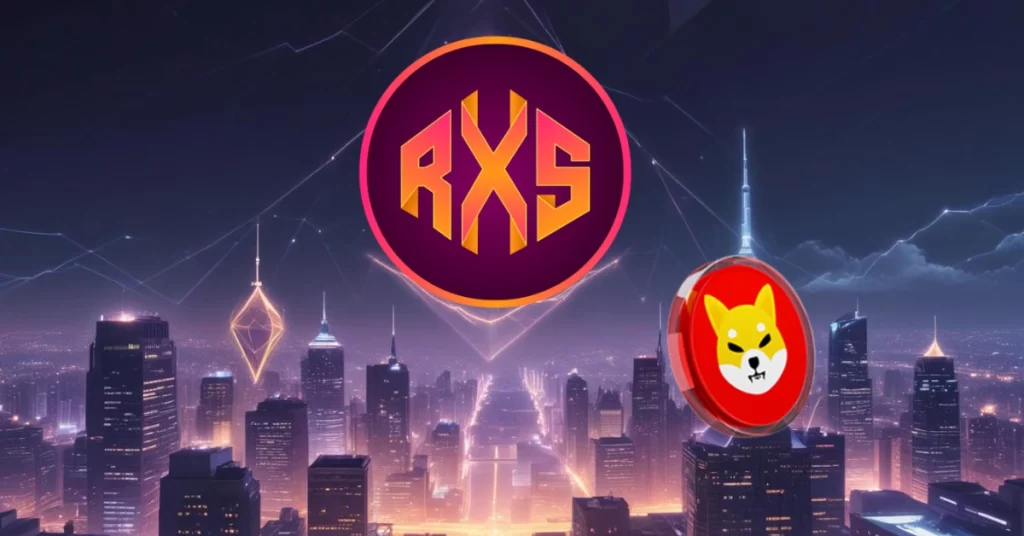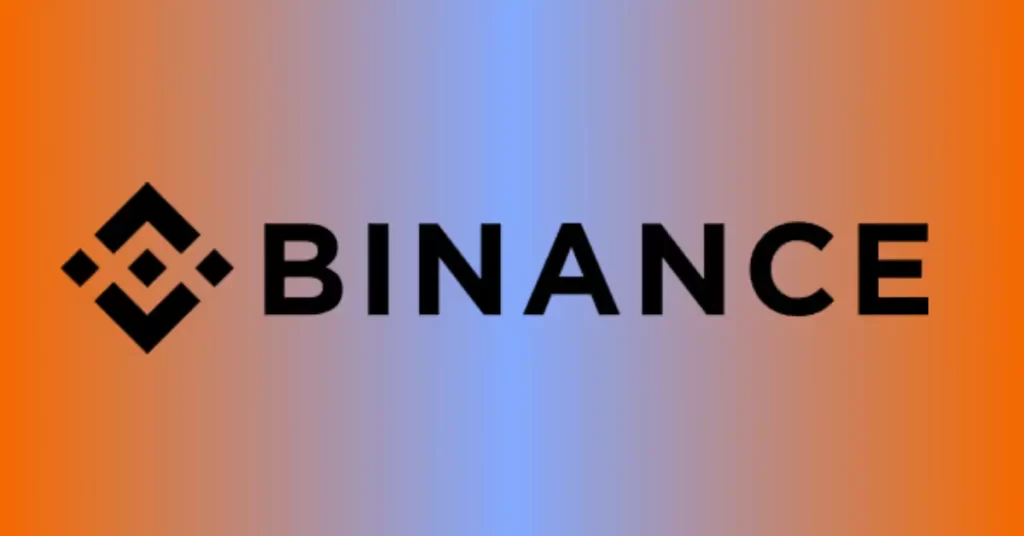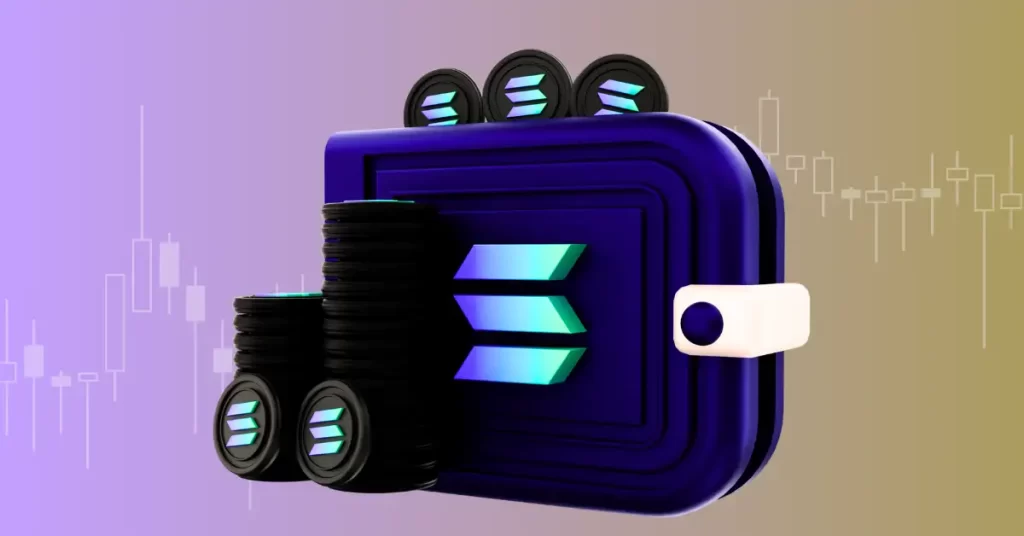
The post MiCA-Compliant Stablecoins EURQ and USDQ to Hit European Market on November 18 appeared first on Coinpedia Fintech News
In a significant move for regulated digital payments, Quantoz Payments, backed by Tether, Kraken, and Fabric Ventures, is set to release two MiCA-compliant stablecoins—EURQ and USDQ—on November 18. These euro and dollar-backed tokens are licensed by the Dutch Central Bank (DNB) as e-money tokens (EMTs), marking a major step in Europe’s push for a secure, transparent, and regulated stablecoin market.
The launch will be followed by listings on Kraken and Bitfinex on November 21, giving European customers access to a faster, cheaper way of transacting with these digital assets. Fully backed by fiat reserves, these stablecoins are designed to meet MiCA’s rigorous standards for stability, including a 1:1 fiat backing and an additional 2% reserve held by Quantoz for added transparency.
MiCA’s Impact on the Crypto Market
The stablecoins EURQ and USDQ reflect the growing importance of MiCA in establishing trust and credibility for stablecoin issuers in the EU. Anil Hansjee from Fabric Ventures noted that MiCA has made stablecoin issuance more seamless, addressing regulatory concerns and giving European users more confidence in digital finance.
MiCA aims to provide a harmonized regulatory framework across the EU, ensuring that stablecoins like EURQ and USDQ are compliant with local reserve requirements and offer similar protections to traditional payment services
However, not everyone is entirely on board with MiCA’s potential risks. Tether CEO Paolo Ardoino raised concerns about the regulation’s impact on the banking system, particularly the requirement for stablecoin issuers to hold at least 60% of their reserves in European banks. Ardoino warned that this could introduce vulnerabilities, especially since banks can lend up to 90% of their reserves, which could destabilize the system if they face financial trouble
Norway’s MiCA Endorsement and CBDC Outlook
Meanwhile, Norway’s central bank, Norges Bank, has expressed its support for MiCA, further reinforcing its potential to shape digital finance in Europe. While the country has not finalized its approach to a central bank digital currency (CBDC), it is actively considering a CBDC-based cross-border payment system. This aligns with the EU’s vision and highlights MiCA’s broader influence on the financial market
In the meantime, MiCA regulation requires stablecoin issuers to be licensed to operate in the EU. Non-compliant tokens risk losing access to 450 million consumers and could be delisted from exchanges. Quantoz is stepping in to fill the gap in Europe, offering MiCA-compliant stablecoins, while Tether has yet to secure its licensing

 3 months ago
41
3 months ago
41









 English (US) ·
English (US) ·